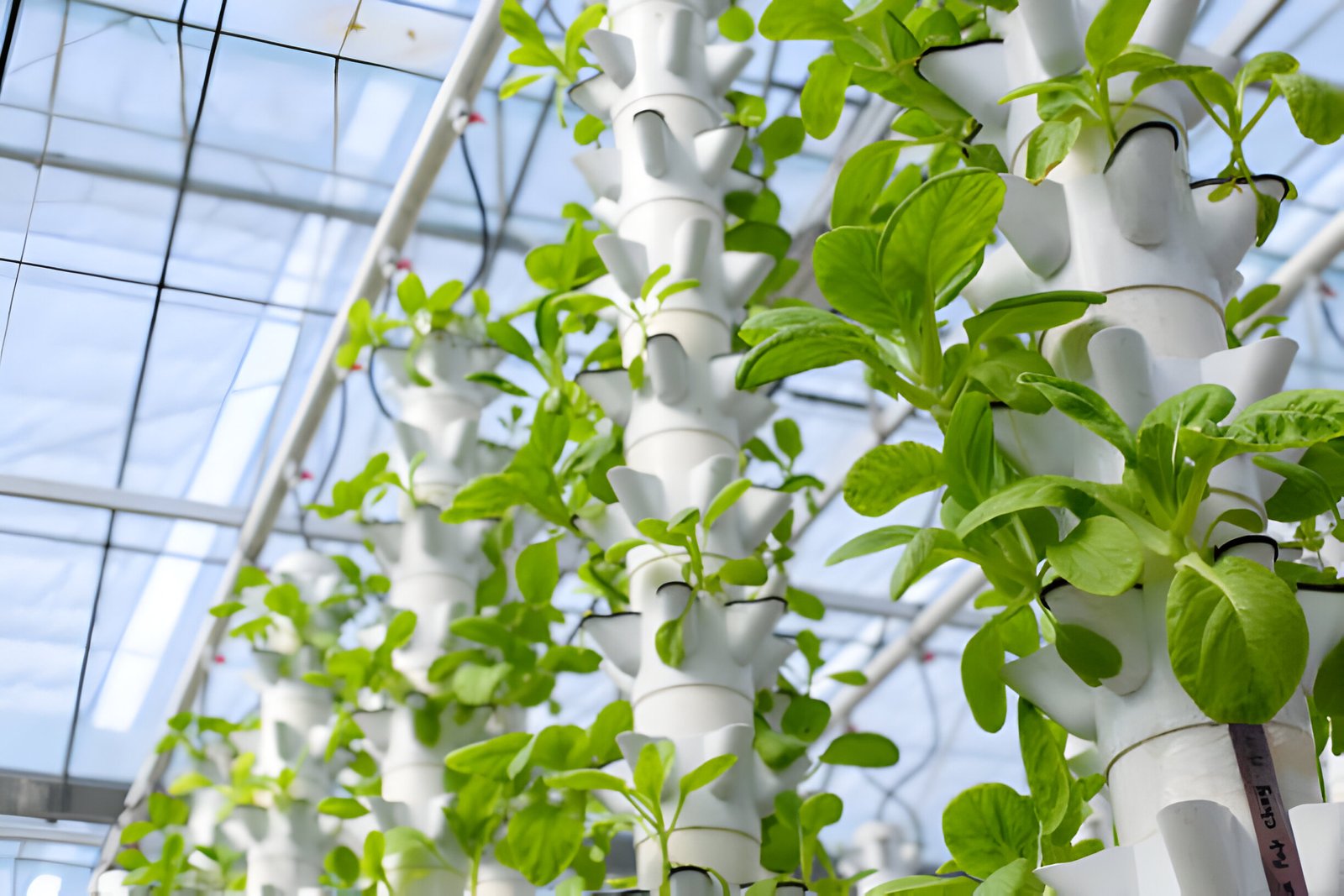Vertical farming, planting vertically stacked plants in managed indoor spaces, is an unorthodox agricultural practice that is gaining traction in Egypt. Despite the endurance of the Nile River and fertile land, the country has been facing a crisis of diminishing arable land due to urbanization, with only nearly 5 percent of the Egyptian territory being arable, and water scarcity is a pressing concern. Several Egyptian companies are leading the way in different farming methods and technologies, including vertical farming and hydroponic farming. Hydrofarms, founded in 2012 by Adel El Shentenawy, is an agri-solutions company pioneering hydroponic farming in Egypt, which allows crops to grow without soil, using a network of connected nutrients-filled water pipes that produce high-quality food and crops. Hydrofarms helps local farms get started by providing training and management services. The company aims to export hydroponic produce globally, positioning Egypt as a significant player in sustainable agriculture. Tulima Farms is another prominent company in the market. It is a family business, founded by Mohamed Salama, the Chief Executive Officer, and Zeina Salama, the Managing Director. “We grow in grow bags, which are made from recycled plastic bottles, tunnel…



